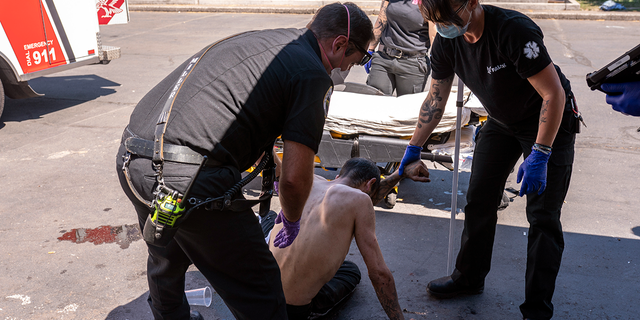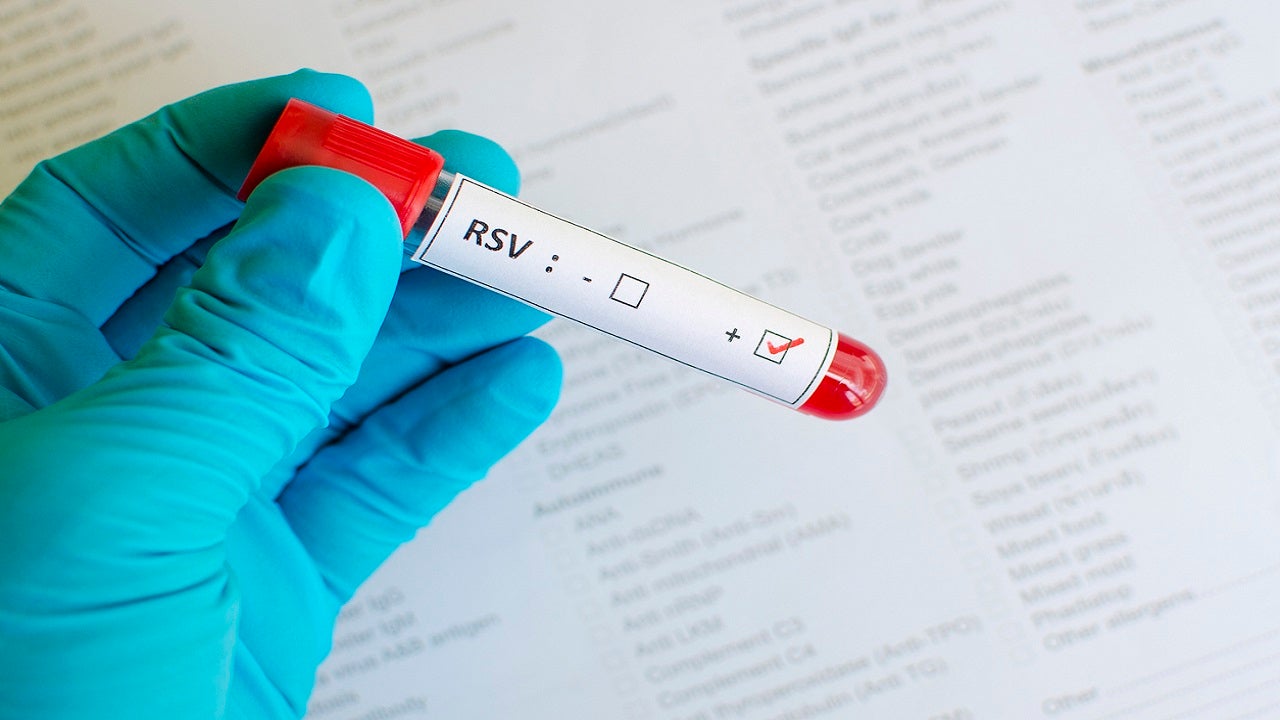About a dozen deaths may be tied to an intense heat wave blanketing the Northwest, officials said, with several fatalities involving heat stroke and hyperthermia.
Temperatures are expected to remain high in the interior West and some areas in the East Coast will experience spikes, which is why health departments and the medical community are warning about signs of heat-related illness to be on the lookout for.
President Biden, who met with West Coast governors on Wednesday, said the heat is “a threat in and of itself.”
NORTHWEST TO COOL OFF AS NORTHEAST REMAINS HOT
“People are hurting, it’s more dangerous for kids to play outside, roads are buckling under the heat,” Biden said. “Again, I need not tell all of you – we need people to check on their neighbors especially seniors who may need a helping hand.”
He also called for frequent water breaks and shade for outdoor laborers, and thanked local officials for setting up cooling centers which can help provide relief.

Salem Fire Department Capt. Matt Brozovich and Falck Northwest ambulance personnel help treat a man experiencing heat exposure at a cooling center during a heatwave in Salem, Oregon, on June 26, 2021.
(AP Photo/Nathan Howard)
Anyone can develop a heat-related illness, especially those who are not acclimated to high temperatures, Dr. Lane Tassin, FastMed’s chief medical officer, western region, told Fox News.
“What you’re seeing in the Pacific Northwest, lots of people don’t have air conditioning they never needed it before, plus they’re not acclimated to the heat so the body is not accustomed to heat stress,” he said.
RECORD TEMPERATURES GRIPPING NORTHWEST LINKED TO AT LEAST 2 DEATHS IN WASHINGTON
People with underlying heart disease, elderly people, children and those on certain medications may also be at increased risk for heat-related illness, he said. People with disabilities are also at an increased risk, according to the Centers for Disease Control and Prevention (CDC).
Tassin, who described the body as a bag of water covered by a thin envelope on the outside, explained that there is a narrow window of internal temperature that humans need to maintain in order to keep it working well. When the air temperature is greater than the internal body temperature, the body temperature will start to rise, setting off a physiological response to the heat that includes sweating, accelerated heart rate and dilated blood vessels as the body attempts to cool off.
“It’s a cascading event, with an increasing heat load there’s more and more demand on your cardiovascular system and some people just can’t respond to the increased demand,” he said, adding that they may slowly slip into a heat-related illness.
The Centers for Disease Control and Prevention (CDC) advises being aware of signs of heat stroke, heat exhaustion and heat cramps and knowing what to do in the event of an emergency. The agency compiled a list of symptoms to look for and actions to take for the following:
Heat stroke: A heat stroke may cause body temperatures to spike to 103 degrees Fahrenheit or higher. It can cause hot, red, dry or damp skin; a fast, strong pulse, headache, dizziness, nausea, confusion or even passing out. In the event of possible heat stroke, you should call 911 right away and move the person to a cooler place. Place the person in a cool bath or use cool cloths to lower their temperature. You should not give the person anything to drink.
Heat exhaustion: Heat exhaustion can cause heavy sweating, cold, pale and clammy skin, fast, weak pulse, nausea or vomiting, muscle cramps, tiredness or weakness, dizziness, headache or passing out. In the event of possible heat exhaustion, the person should be moved to a cool place, loosen clothes, take a cool bath or place cool cloths on body, sip water, and get medical help if symptoms progress, last longer than one hour or cause vomiting.
Heat cramps: Heat cramps may cause heavy sweating during intense exercise and can result in muscle pain or spasms. In the event of heat cramps, stop physical activity and move to a cool place. Drink water or a sports drink and wait for cramps to go away before resuming physical activity. Get medical help if cramps last longer than an hour, you’re on a low-sodium diet or you have heart problems.
Tassin stressed that heat-related illnesses often land in a “gray zone,” so it’s not “one minute you’re totally normal, you have heat exhaustion and then the next minute you have heat stroke.”
He described it as more of a continuum but cautioned that it’s not well-defined. Heat illness can occur quickly, within a half-hour, or it could develop over a period of several days. He said recognizing the early signs, which staff like coaches and athletic directors should be trained on, can help prevent a dangerous situation before it escalates.
While at-risk groups have additional safety measures they can take, the CDC advises that everyone stay cool by wearing appropriate clothing, stay in air-conditioned spaces, schedule outdoor activities carefully, pace yourself, wear sunscreen, avoid hot and heavy meals and never leave children in cars.
CLICK HERE TO GET THE FOX NEWS APP
The agency also recommends staying hydrated by drinking plenty of fluids, staying away from sugary or alcoholic drinks, replacing salt and minerals lost through sweat with a sports drink, and remembering to keep pets hydrated as well.
Tassin advised monitoring the color of urine to check for adequate hydration as well.
“The darker the urine gets, the more and more concentrated it is because the kidneys are working double time,” he said.
He also said reducing exposure to heat load, like planning exertional activities for first thing in the morning or after the sun goes down, can help lower your risk.









